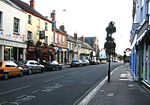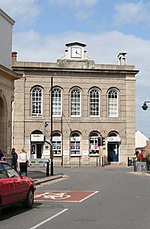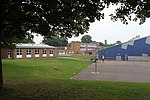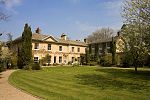Wellington School, Somerset

Wellington School is a co-educational independent boarding and day school in the English public school tradition for pupils aged 3–18 located in Wellington, Somerset, England. Wellington School was founded in 1837. Wellington School is a registered charity and has around 800 pupils currently in attendance. Around 150 of those pupils are boarders. The school is a member of the Headmasters' and Headmistresses' Conference. Wellington School is based on a 35-acre campus in Wellington, Somerset. Wellington School operates its own feeder preparatory school, Wellington Prep School which shares the main campus. Wellington Prep School students often use the sporting pitches and science labs of Wellington School.
Excerpt from the Wikipedia article Wellington School, Somerset (License: CC BY-SA 3.0, Authors, Images).Wellington School, Somerset
South Street,
Geographical coordinates (GPS) Address Phone number External links Nearby Places Show on map
Geographical coordinates (GPS)
| Latitude | Longitude |
|---|---|
| N 50.9755 ° | E -3.2254 ° |
Address
Wellington School
South Street
TA21 8NT
England, United Kingdom
Open on Google Maps









